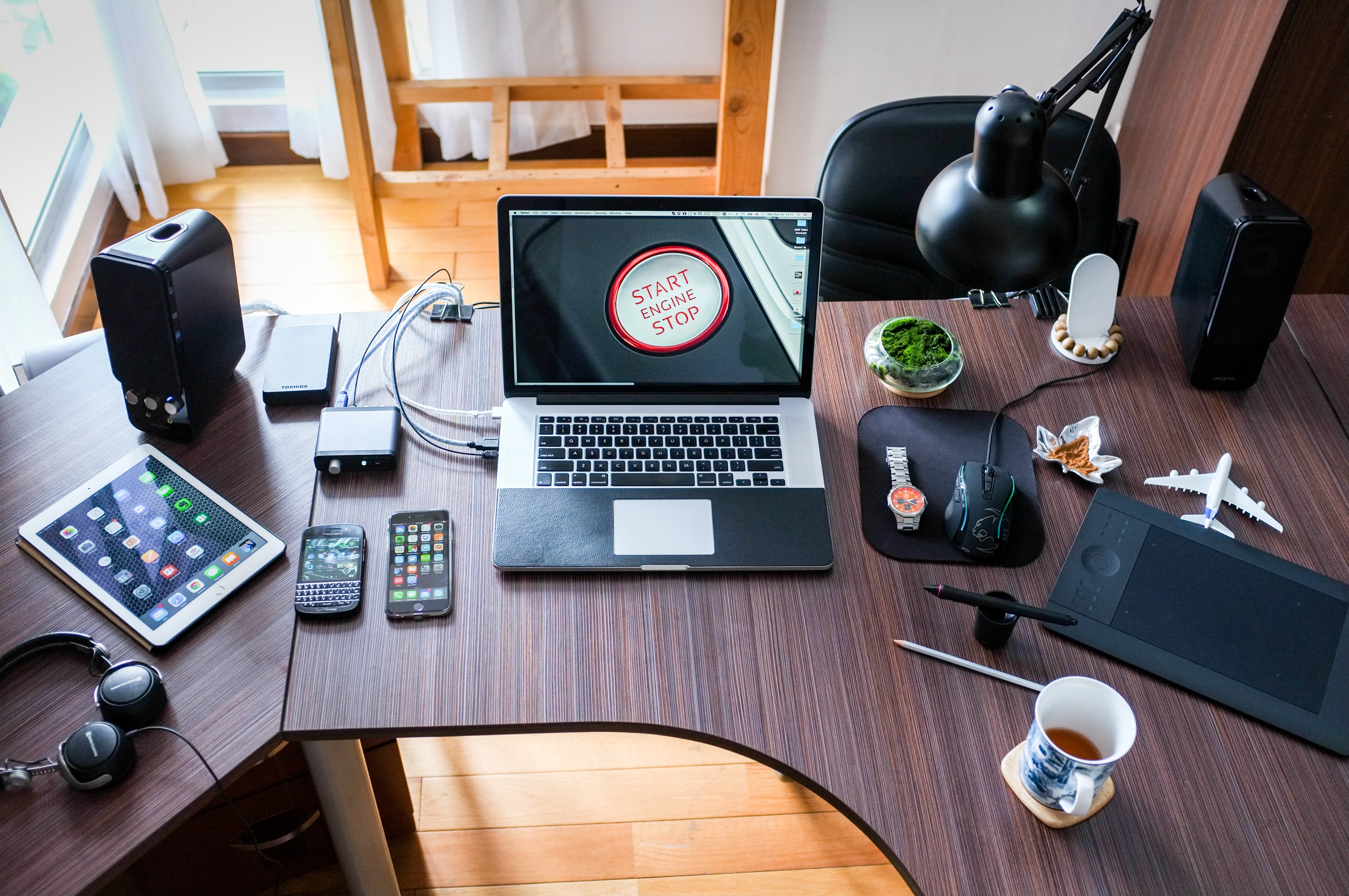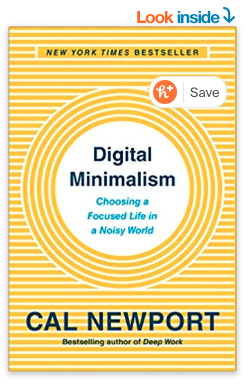I’ve had a feeling for some time now that I am too connected. Too accessible. This reality is cutting into my ability to do focused work. These sentiments were recently confirmed while reading Cal Newport’s new book Digital Minimalism.
In the book, Newport addresses what has become a disturbing trend. We have a smartphone addiction. It is creating social, emotional and even physical problems. I mean, kids are starting to grow horns because of them. Well, not really…
While I have yet to sprout any new appendages, I am keenly aware of how tempting the supercomputer in my pocket has become. That’s how they are designed to be. App engineers have a vested interest in keeping you glued to the screen.
I noticed the problem when my first thought anytime I have some downtime is to reach for my phone. Often, I have little or no reason to do so. There wasn’t a call I was planning to make or a text I needed to send. Maybe just a few mindless minutes of scrolling through updates from acquaintances on a social media platform. I have never closed a social media app and thought to myself, “That was time well spent.”
I felt myself sliding towards a place where I was uncomfortable with even a few screen-free minutes. For me to be as effective in all of my roles as I want to be I needed to make a change. That’s where Digital Minimalism comes in.
“DIGITAL MINIMALISM IS THE ART OF KNOWING HOW MUCH IS JUST ENOUGH. DIGITAL MINIMALISM APPLIES THIS IDEA TO OUR PERSONAL TECHNOLOGY. IT’S THE KEY TO LIVING A FOCUSED LIFE IN AN INCREASINGLY NOISY WORLD.”
While the concepts in this book are not entirely new to me, I did find his strategies for reducing technology’s influence helpful. It isn’t that all technology is bad. It just shouldn’t be given unfettered control of our attention.
Screens make great servants but terrible masters. So, here are a few ways I am taking back control.
Delete social media apps from my phone.
I will maintain my accounts (for now), but there is no reason to have the app on my phone. The platforms I use (Twitter, Instagram, and Facebook) can all be accessed through the browser. Adding this extra friction has reduced my subconscious use because now I have to log in. Bonus benefit – No push notifications. Which brings me to number 2…
Leave the phone in Do Not Disturb mode
Do Not Disturb turns off all notifications to your phone. You can adjust the settings to let certain phone calls through (which I do) but it stops all the attention-starved apps from pinging you throughout the day.
Access personal social media on the weekend
I thought this change would be harder than it was. I’ve practiced this now for a couple of weeks and it turns out I haven’t really missed anything. Turns out my friends aren’t as interesting as I once believed (kidding lol).
Limit Social Media activity for Commission work to evenings
The truth is, if I wasn’t an elected official I would probably have deleted my social media accounts already, at least my Facebook. But, there is no denying the power of those platforms for sharing information, so I have left them up for now. But, I only respond to messages or share posts for the city once or twice a week after the kids have gone to bed.
Leave the phone on the charger when I get home
The old saying, “Out of sight, out of mind” is true. When I get home I put my phone in the back room and leave it there. If I need it, or it rings I can go find it. But not seeing has helped me ignore it.
Replace screen time with reading and home projects
One of the lessons of Digital Minimalism is for these changes to stick you need to replace time spent languishing online with something decidedly analog. I love to read so that was an easy trade-off. But, I have also made more progress on little projects around the house.
Advances in technology have changed the world. I am no Luddite. I don’t want to go backward. What I want to find is the balance between being connected and maintaining to focus I need to be the best that I can be.





